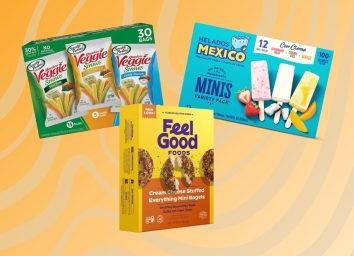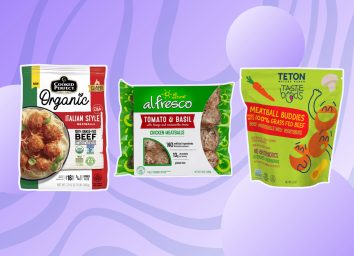How to Choose the Best Avocado at the Grocery Store
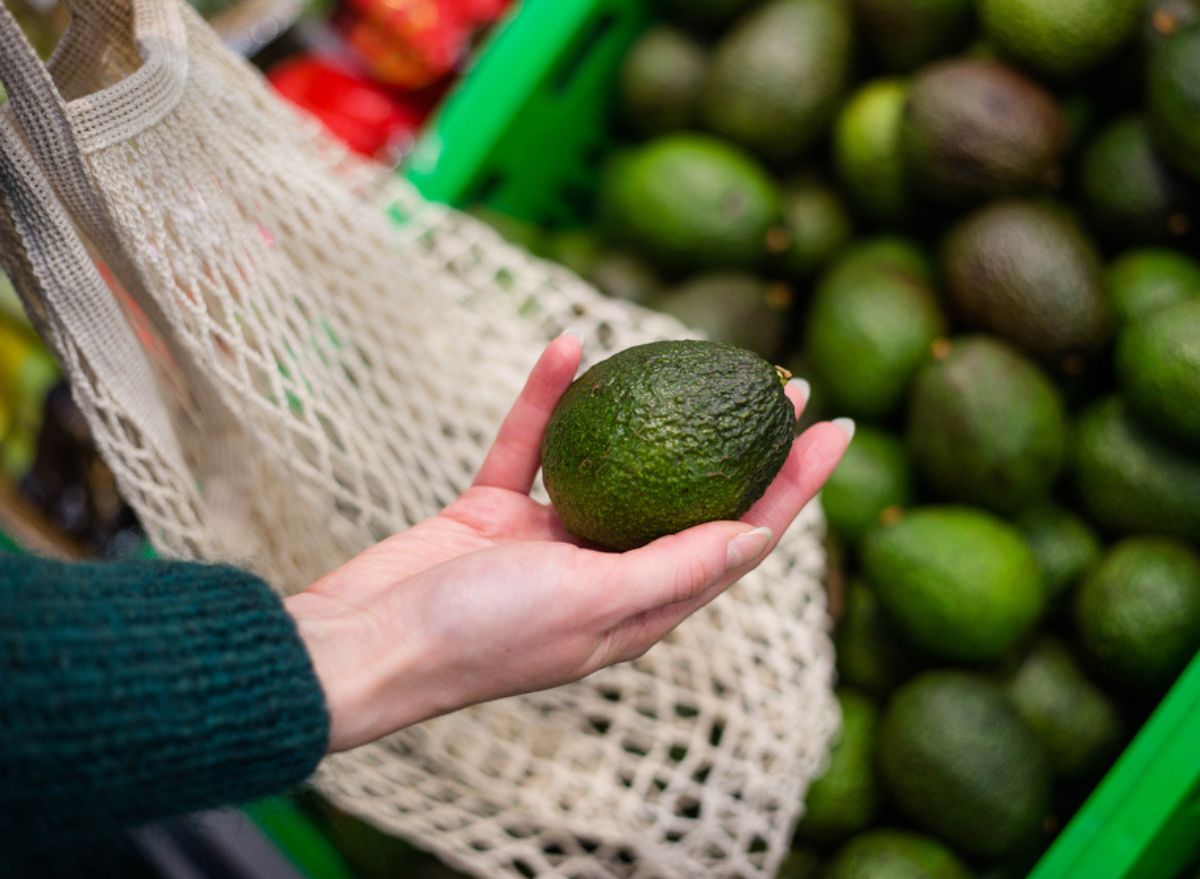
If you're an avocado lover, you are likely all too familiar with the disappointment of opening up what you expect to be a perfectly soft, creamy fruit, only to find a disappointing network of brown squiggles inside. Or, maybe you've held onto a rock-hard, bright green avocado for days waiting for just the right time to top your toast, only to miss the fleeting window of perfection that every avocado offers.
Though avocados will only peak in terms of flavor, texture, and color for a brief period of time, there are a few things to look out for at the grocery store to ensure yours is a winner.
Keep these tips in mind next time you're shopping to make your famous guacamole.
Know your colors
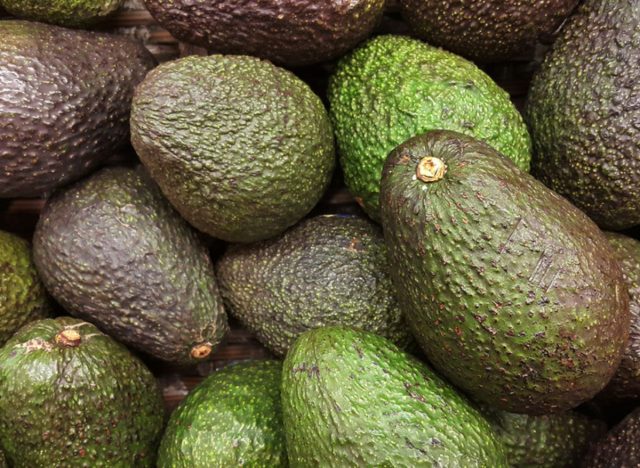
Avocados start out bright green and light in color. As they ripen and soften, their skin darkens until they're past their prime and nearly black. If you're planning to use the fruit within the next day or two, look for one that's somewhere in the middle, a dark forest green. Or, if you're buying avocados to keep for later, you can get by with a younger, brighter green pick that will take a few days to soften up.
Tip: store unripe avocados at room temperature, not in the fridge. Once they're soft, move them to the fridge to slow down the ripening process and prevent rot.
Give it a squeeze
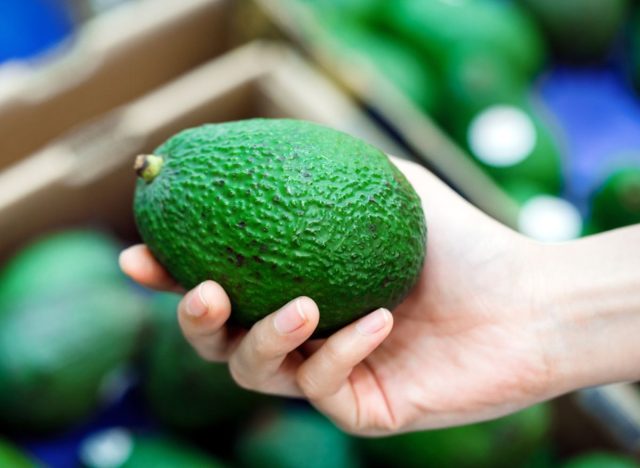
The best way to check the ripeness level of most produce is to give it a gentle squeeze. Riper fruits and veggies will have some give to them, but they should reshape quickly after a squeeze. Unripe fruit will be quite hard, and overly ripe fruit will be too forgiving and will bruise easily. With an avocado, if you feel that the flesh is mushy or moving separately from the skin, that could indicate rot on the inside.
Weigh your options
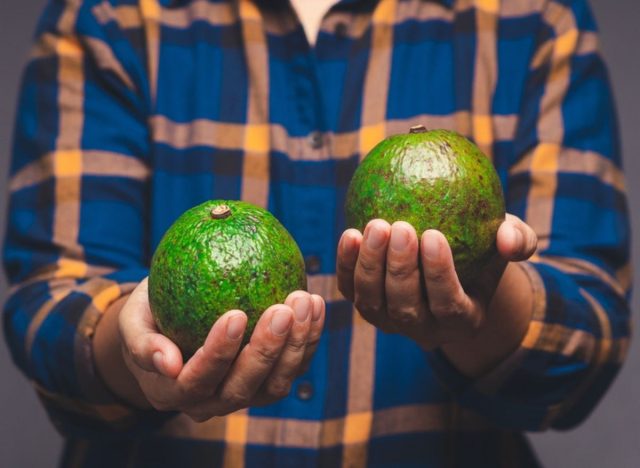
While you're holding that fruit, consider the weight. As with most fruit, heavier is a good sign of the quality of the flesh. An avocado that feels lighter than you expect may be dried out and rotten inside. A firm, weighty fruit is likely fresher and in better shape.
Check for blemishes
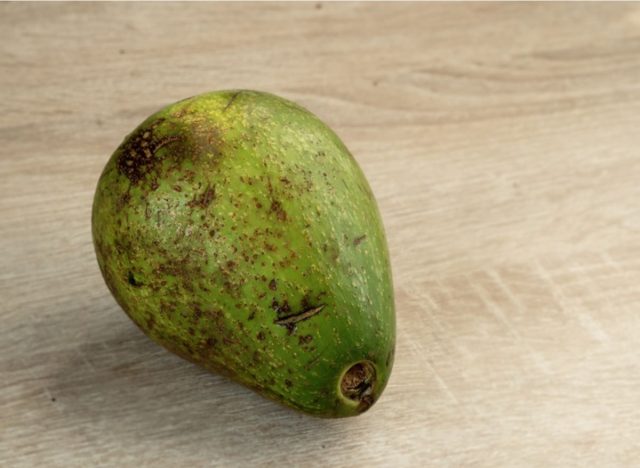
Another quick visual check for choosing the best avocado is to inspect the skin for obvious signs of damage. Often, a dry spot or bruise on the outside of an avocado can be an indication of mealy, brown flesh underneath.
Opt for an intact stem
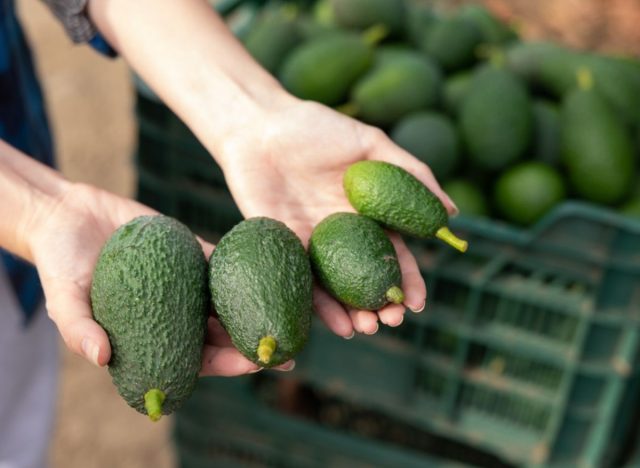
You don't need to look for avocados with a full stem intact, but the little hat on top of an avocado (where the stem attaches to the fruit) is essential for slow, steady ripening. It acts as a physical barrier to keep the interior of the fruit moist and prevent oxidation or drying from excessive air. Though it's tempting to pop the stem end off, keep it intact for as long as possible to maintain the quality of your avocado.
The stem can be another helpful indicator of ripeness. When fruits are ripe and ready to be picked, they will easily and quickly release from their stem. If the stem is firmly intact and won't budge, you're dealing with a lesser ripe fruit. If it's looser, your avocado is probably ready to eat.


